All-22: New-look Seahawks offense is dangerous ... and still evolving

After the Seattle Seahawks trounced the Green Bay Packers 36-16 in last Thursday's season-opener, there was a lot of talk about Seattle's offensive gimmickry, especially when Percy Harvin was on the field. Harvin, as he has done since he was a highly-prized high-school recruit (a certain USC head coach named Pete Carroll wanted Harvin badly), created spatial mismatches all over the field, forcing defenders to focus on him to their detriment, and expanding that detriment if they didn't.
Seattle's offense looked very new if you've grown accustomed to what has been a fairly standard run-heavy offense. But it still works through the efforts of its players more than complex formations.
COMPLETE COVERAGE: NFL Week 1 | Ray Rice release, suspension
In truth, the Seahawks weren't really doing anything au courant -- even the pop pass which led to a 33-yard touchdown from Russell Wilson to Ricardo Lockette in the second quarter was, as many have already discussed, a variant of a concept perfected by Auburn head coach Gus Malzahn. It's a four-option run-pass hybrid in which the quarterback hits the receiver to the other side of the field if the cornerback covering that receiver plays to stop the run, which Packers cornerback Sam Shields did. And if that happens, you're going to have a wide-open target to that side. Which the Seahawks did.
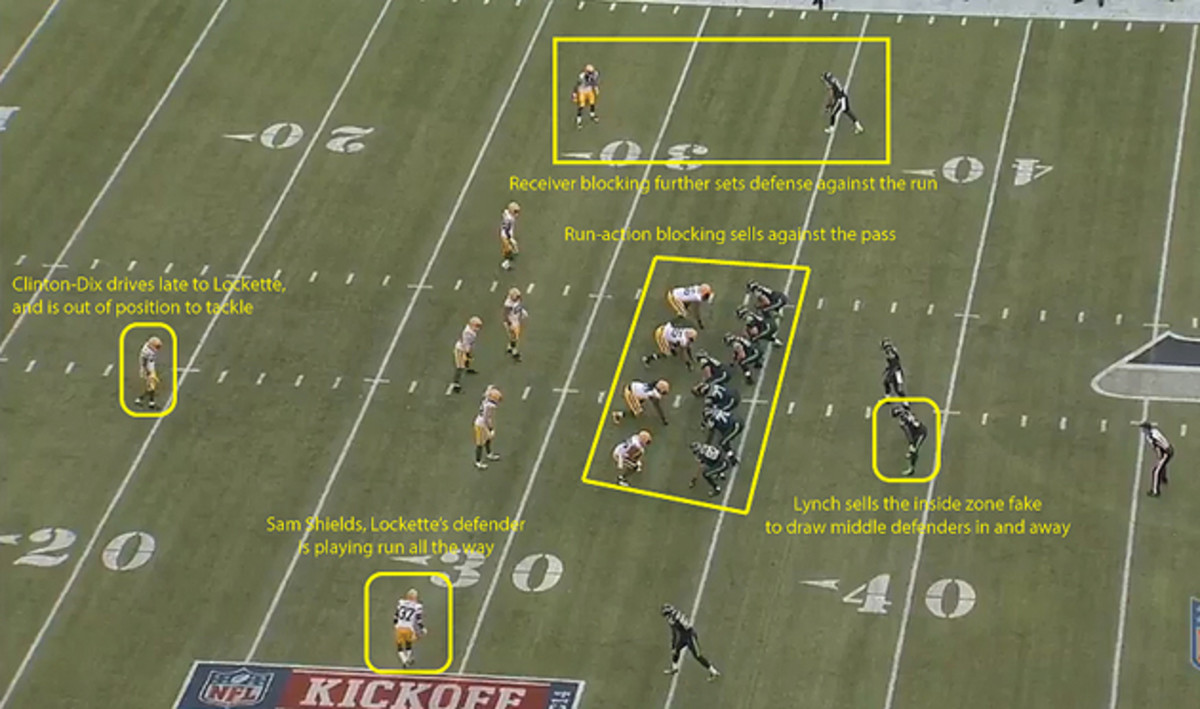
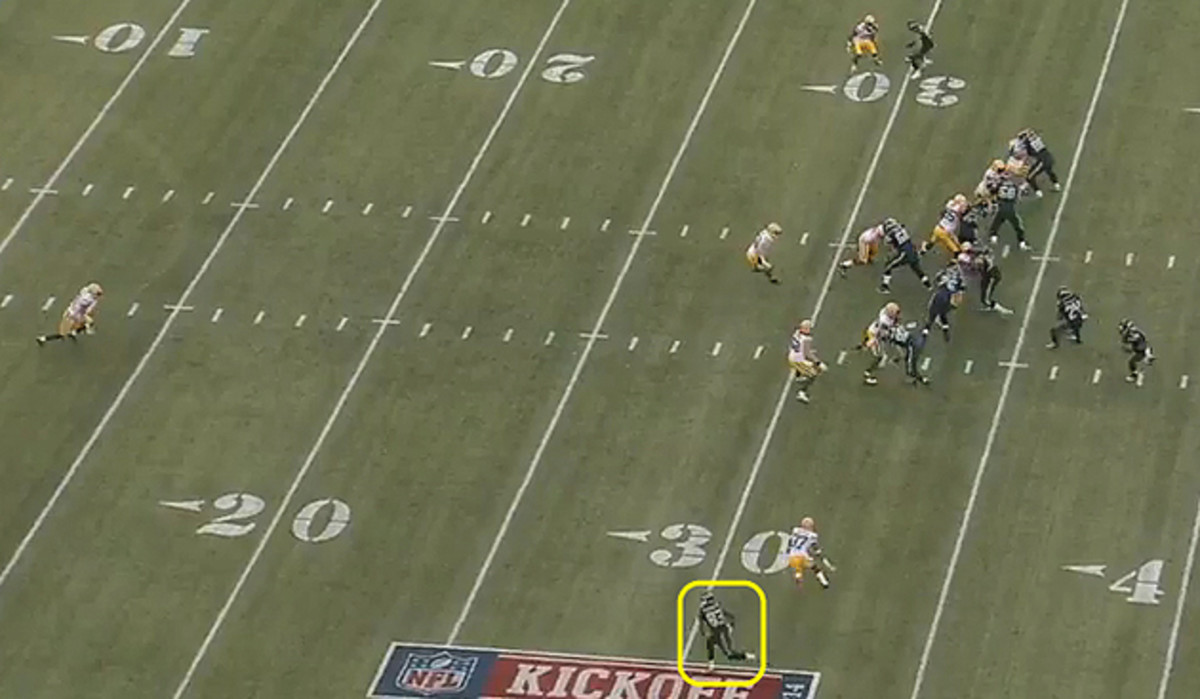
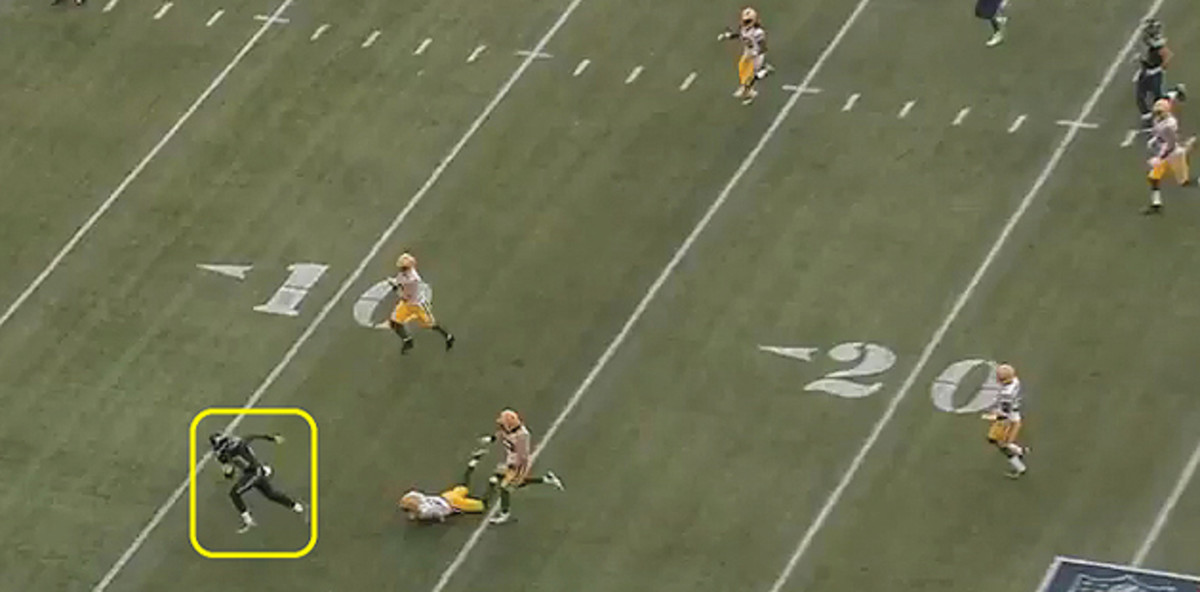
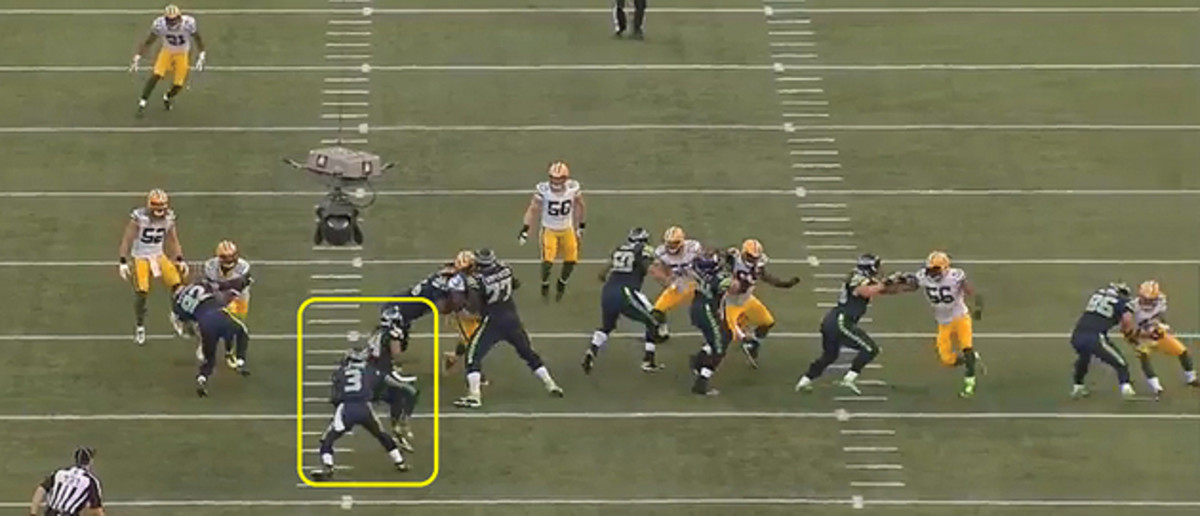
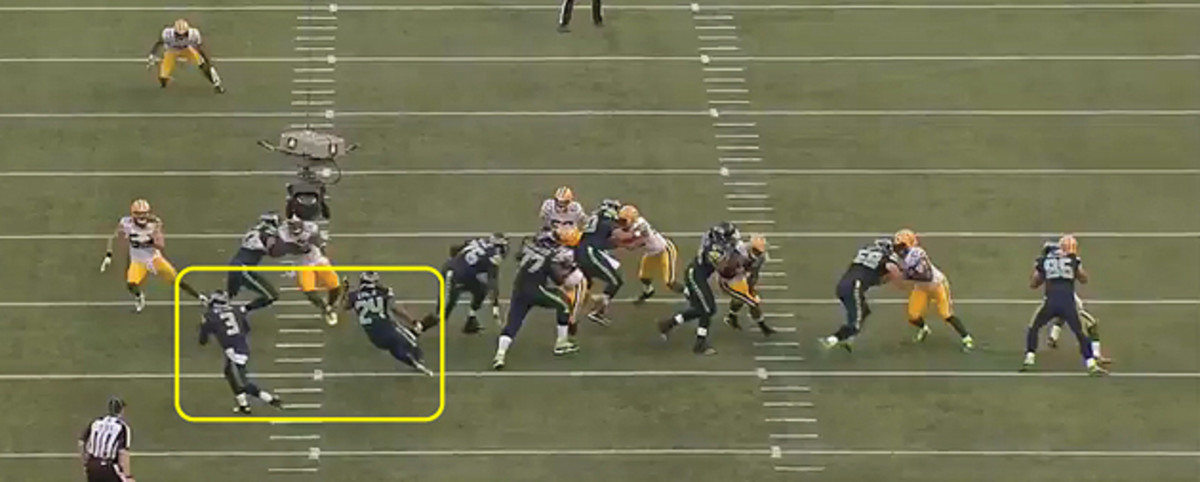
But again, this is not groundbreaking. Malzahn took it to a new level with his team, and Seahawks offensive coordinator Darrell Bevell should be given credit for implementing it so well, but pop passes are even used on the youth football level in different iterations. Hey, maybe the league's next "Heads Up" program should involve NFL defensive coordinators watching youth league games to find out what they'll be facing in five years!
As it has always been throughout the Pete Carroll era in Seattle, this team's success is about execution. Their defense, the best in the NFL over the last two seasons (and certainly into the first week of the 2014 campaign) is a base Cover-Three/Cover-One with heavy nickel/slot DB usage, and post-snap coverage disguises, but very little in the way of the crazy blitzes you see from Dick LeBeau or the Ryan Brothers. And because Seattle's defense is more about execution than formation, Green Bay's insistence that it would play more no-huddle against the Seahawks backfired pretty severely. Teams play no-huddle to tire out opposing defenses with play volume, and to force those defenses out of in-drive substitutions. But because the Seahawks have a relatively simple overall gameplan, and linemen who can play multiple roles and gaps, they're less affected than defenses that focus more on specialization and scheme. That's not to say that Carroll and defensive coordinator Dan Quinn forego complexity; it's more the understanding that they have the personnel to get things done in a different way. And it's that way on both sides of the ball.
Star quarterbacks find tough sledding in Week 1; more Snap Judgments
"We just went with our regular gameplan," Harvin said after the win. "It starts with getting Beast Mode [Marshawn Lynch] involved in the running game -- we ran for 210 yards, so we got that going. Converted third downs as a pretty good rate, and stayed with the keys on offense. It was a pretty good day. We've got a lot of playmakers, and whenever we get a chance, we try to make the most of it.
"We did a lot to get all our playmakers involved -- a lot of five-wide out there. But like I said, we've got a lot of playmakers out there, and we're looking to make the most of it. This offense is expanding, but with Russ being able to run, it's that much more dangerous."
As receiver Doug Baldwin told me, the Seahawks would have run more of a multifaceted offense had Harvin been healthy all of last season, but he's not the force multiplier here -- the difference in 2014 is Wilson.
"Just the fact that with our personnel -- we've got so many talented guys at different positions, we're able to do that," he said, when I asked him why the Seahawks were comfortable breaking out of their old mold now. "You look at a guy like Percy, who's able to do everything for us -- when you put him in the game, not only is he a threat as a receiver, he's also a threat as a running back. So, we're going to utilize that in various ways -- running out of trips, or putting him in the backfield and having him motion out as a receiver. It's going to be huge for us."
A healthy Percy Harvin shows he's key to Seahawks' quest for a repeat
But it's not just Harvin, and that's what makes these 2014 Seahawks different -- and especially dangerous.
"It's just the fact that we've evolved as a while unit," Baldwin told me. "Percy coming here and now being healthy, yes, but just us growing together. Not just on the football side, but as a family -- as a group. The chemistry and the rapport is so off the charts, and we're just so locked in to playing football for each other, it's an unreal feeling right now."
And how has Wilson responded to this new new feelings?
"I think you saw it. He was so efficient and so smart with the ball, as he always is, but he just plays at such a highly efficient level, and he's still evolving," Baldwin said. "He's shown what he's been capable of doing last year, and he's just improving on it in every aspect. His decision-making, his ability to get away from defenders with his legs and still make plays downfield ... it's unbelievable to have a guy like that as quarterback for us."
And that, in the end, is what will propel this offense past the realm of fad and into a stratosphere in which it works in a total sense. It's easy enough to stop a scheme, but exponentially more difficult to curtail the efforts of players who execute the littlest things at the highest level.
The Seahawks are simple, even when they're not. So go ahead, NFL. Try and stop them now.
